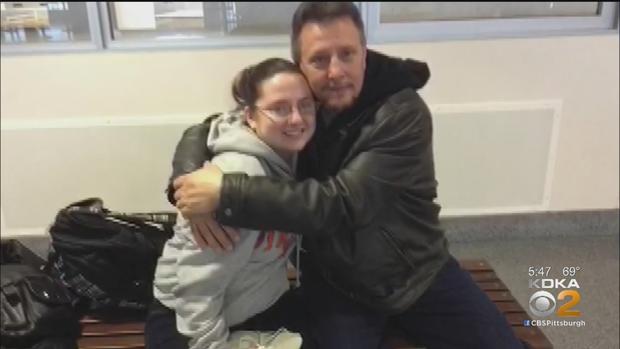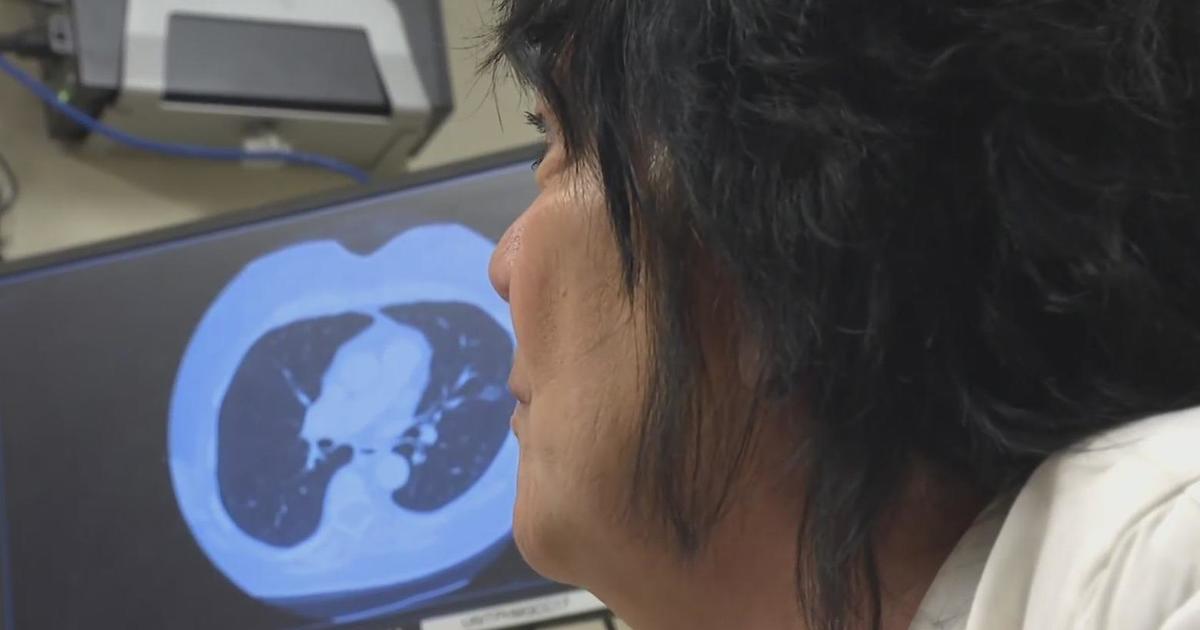'You Do What You Can For The People You Love': Daughter Saves Father's Life By Donating Liver In First Living-Donor Liver Transplant At Pittsburgh VA Hospital
PITTSBURGH (KDKA) -- Pittsburgh's VA hospital partnered with UPMC to perform the VA's first-ever living donor-liver transplant.
Timothy Yablonski's liver was failing.
"They said it was stage 4 cirrhosis, non-alcoholic. Like a fatty liver disease type of thing," Yablonski said.
His liver couldn't keep up, and his belly ballooned.
"I had stretch marks from how much the fluid was building up," Yablonski said.
He needed a transplant. Yablonski tried to get on the list for a deceased donor but his doctors were concerned.
"They considered my case urgent," he says. "You're not going to be able to wait for a deceased donor."
Turns out, help was very much alive – and immediately available — from his daughter, Alyssa Last.
"You do what you can for the people you love," she says. "I'm sure for anyone it's hard seeing someone you love struggle, especially for their life," Last said.
"She's my wife's daughter, but she wasn't my biological daughter. So I didn't even know she was eligible for something like this," says Yablonski.
As an Army veteran, he was eligible for care through the VA hospitals. But living-donor liver transplants had not been done before through the VA.
"I am the first one," he says.
The operation happened at UPMC on March 16 or 3/16, as Yablonski points out, which has spiritual significance for him.
"I consider John 3:16 a day of promise," Yablonski said.
"It's a large team that has to do this. There's two simultaneous operating rooms going, where we have one for the donor, one for the recipient," says Dr. Abhi Humar, chief of transplantation at UPMC. "The first part of it involves removing a portion of the donor's liver. It literally takes the whole day."
"When they took my liver out, it was like hamburger, falling apart," Yablonski said.
The donor's liver grows back over several months. At the time, hospital visitors were not allowed.
"My wife, who has been there throughout this whole thing and wasn't able to be up there with us," Yablonski said.
He has to be on medicines to suppress his immune system so he doesn't reject the liver.
"That has to be balanced against the risk of doing a transplant at a time there's a potential for higher risk of infection," says Dr. Humar.
But the risk of not doing the transplant was greater.
"We had to make some adjustments. We've been doing the mask for quite a while," says Yablonski. "I'm so thankful to be here."
Dr. Humar points out there are not enough deceased liver donors to meet the need, and living donors help to fill that gap.
While the procedure is more common in other parts of the world, in the US, only 5 percent of liver transplants are with a living donor.




